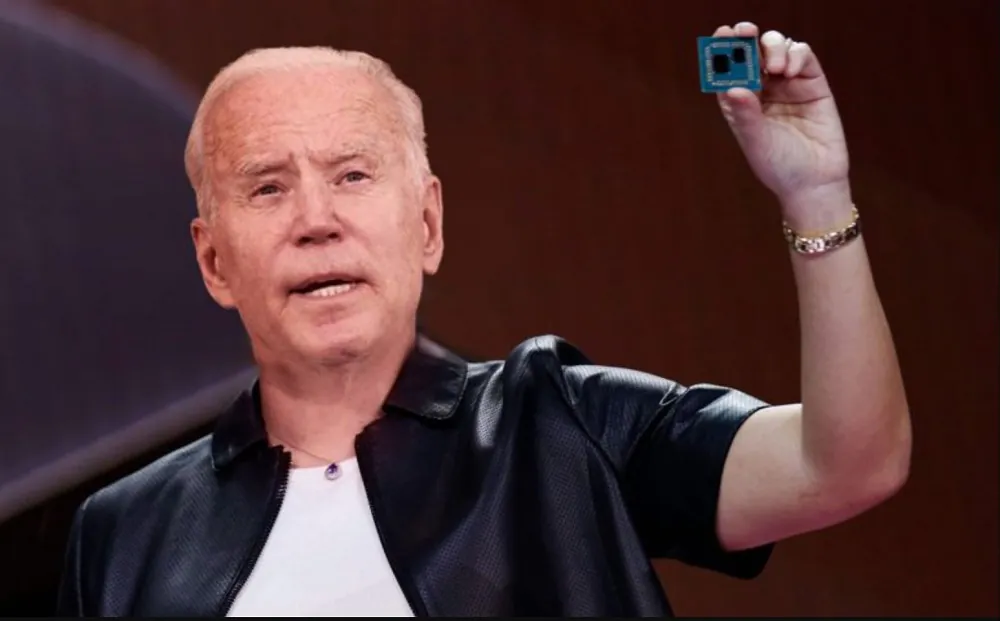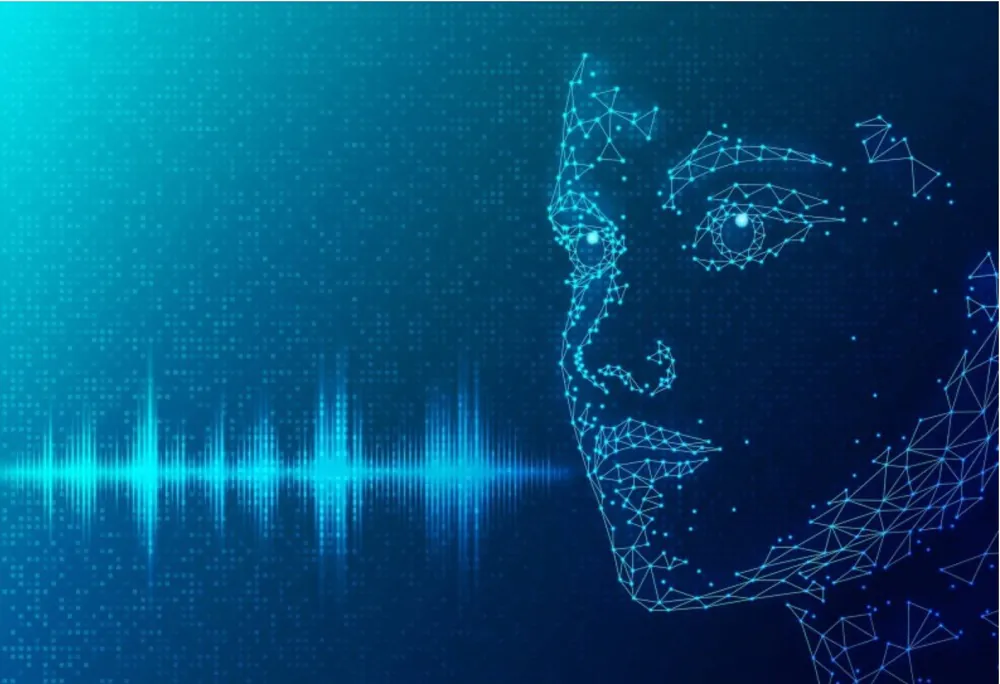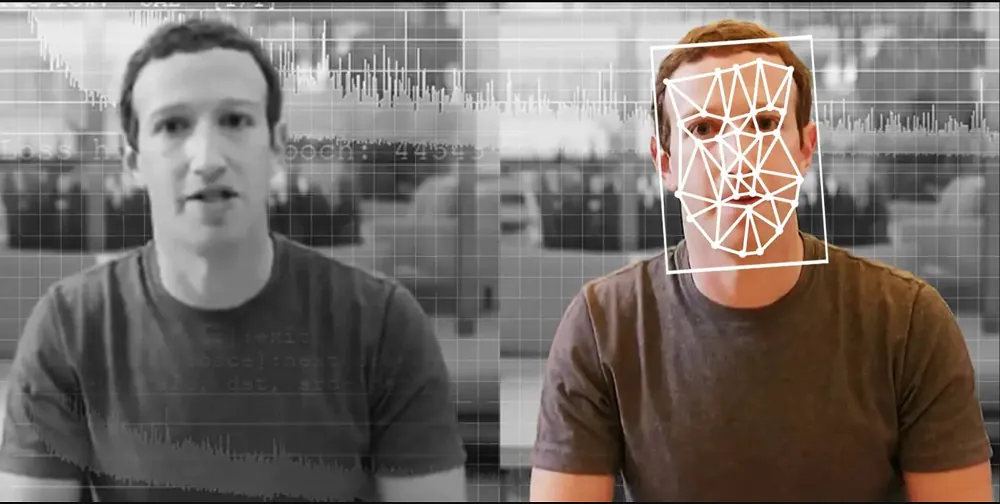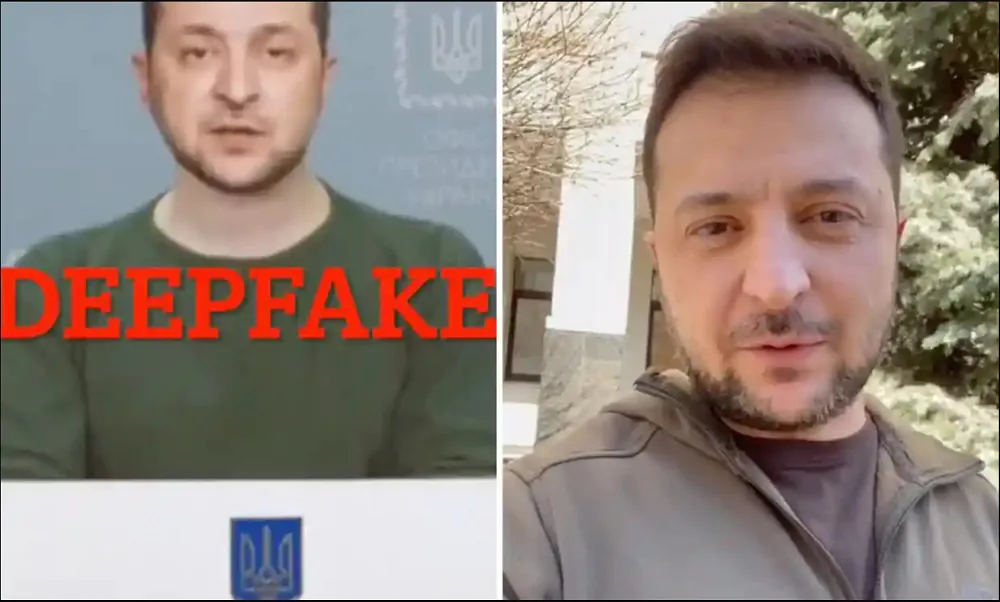© ROOT-NATION.com - Use of content is permitted with a backlink.
Today we discuss deepfakes, which have become a common and familiar phenomenon. Thanks to this technology, information manipulation has reached a new level.
Have you seen Queen Elizabeth dancing on the table during the broadcast of the New Year’s message? Or listened to Kim Jong-un’s speech about democracy, or watched Salvador Dali talk about his death?
All these amazing videos have one thing in common – they are fake. Deepfake is a technique for creating and publishing false information in the form of videos, audio, and photos. It’s getting easier to do it now, so we have prepared a guide for you on how to create, recognize and search for deep fake videos on the Internet.
What is a deepfake
A deepfake is a photo, video, or audio material that is not real. Deepfake uses artificial intelligence (AI) for deep learning to create the likeness of one person in videos and other digital media materials. It is created by algorithms based on real samples of voice, sound, video, or photos, which are stitched together. The algorithm takes selected information from different places and then combines it into one material. As a result, something new (not real) is created, based on a combination of various real data.

But that’s not all. A deepfake can also “paint” a photo from scratch, for example by creating the faces of characters that never existed.

What is the purpose of it Among other things, Deepfake is used to spread misinformation on the Internet (for example, about political figures or events), theft (for example, fake voice commands), and to create pornography (with celebrities). It can be used for educational and entertainment purposes.
Read also: 100 years of quantum physics: From 1920 theories to computers
How does it work?
In general, there are two ways to create deepfake materials. The first method uses two algorithms. The first algorithm (the encoder) looks for the common features of the two images (those that need to be combined into one), then the second one (the decoder) can transfer them to the newly created image. For example, if we want to create a video in which the actor moves like us, the encoder takes the motion from the video where we dance, and the decoder will replace our face with the actor’s face and make them reproduce our movements. The key here is the selected actions that are copied to the new image (for example, movements, gestures, facial expressions).

The second way is with the help of generative adversarial networks (GAN) (GANs), where two algorithms work together. The first one is called a generator, because, using general information, it creates images (for example, the image of a person) that combine its distinctive features (a person has a body, a face, and eyes). The second algorithm is a discriminator that evaluates whether the images provided to it by the generator are true or not.

Over time, both algorithms become more and more developed, so as they learn, they improve themselves. If the generator is trained so that the discriminator does not recognize the fake photo (thinks it is genuine), the process is complete.
A large amount of fake software can be found on GitHub, an open-source community for scripts, programs, and codes. Some of these programs are used solely for entertainment purposes, so the creation of deepfake is not prohibited, but many can be used for criminal purposes.
Many experts believe that in the future, with the development of technology, deepfakes will become much more difficult and can create more serious threats to society, such as interference in elections, creating political tension, or criminal activity.
The threat of Deepfakes
Deepfakes appeared in 2017. Back then a user called deepfake published on Reddit several pornographic films in which celebrities were involved, incl. Scarlett Johansson, Gal Gadot, and Taylor Swift. Since that time, this industry has been developing rapidly, because almost anyone can make deepfake films.
https://youtu.be/IvY-Abd2FfM
In recent years, deepfake technology has evolved to the point where it is now becoming increasingly difficult to tell if a video is a fabrication or a real recording of real people. An example is a video with a message from Elizabeth II or a speech by Barack Obama, which was quickly published on many sites. The video with the statement of the former US president dealt with the issue of global threats that can be caused by disinformation and fake news published on the Internet. In a material published by the BuzzFeedVideos channel, American director and actor Jordan Peele became the voice of the 44th President of the United States. However, artificial intelligence is already able to generate a voice based on archival recordings of a person who should appear in a fake movie.

Such advanced technologies can become a dangerous tool in the hands of cybercriminals and online scammers. The publication of fake videos of speeches by important politicians can cause real damage at the international level. Such films, based on deepfake technology, can create diplomatic conflicts and scandals, and thus influence public opinion and people’s behavior.

Another potential threat is adult content, which has always generated the most traffic in the virtual space. It’s no surprise that deep fake technology has made its way onto the Internet so quickly. According to a report by the Dutch cybersecurity company Deeptrace, 96% of fake videos created using deepfake technology are content on such topics. Most often, images of movie stars, athletes, and even politicians, and government officials are used to make such materials.
How to generate a deep fake video?
If anyone can make deepfake videos, can they be made at home? Definitely yes, but their quality, of course, will not be perfect. To create such videos, large computing resources, and powerful video cards are required. Those that are usually available for home computers are not enough, and the development process itself can take weeks. The quality of the films also leaves much to be desired – errors will be visible, mouth movements may not match the sound, places where the “old” content overlaps with the “new” content will be visible.

However, if we want to “tweak” a photo a little or make a short deepfake video, the application for this can be downloaded directly to the smartphone. A very easy-to-use program that will eliminate facial imperfections, turn you into a celebrity of your choice or let your dog speak with a human voice in a matter of minutes.
How to recognize a deep fake video?
Professional deepfake videos are getting harder and harder to recognize. At first, the algorithms had problems with elementary behavior (such as blinking eyes), and it was immediately clear that the film was a fake. This error has now been fixed. Fake characters blink, move naturally, and speak realistically. However, sometimes they still experience problems with natural eye movement.

So how do you recognize a deepfake? Here are some things to keep in mind while watching the video:
- Does the sound keep up with the movements of the mouth? Sometimes they don’t match exactly, and the person in the video moves their lips too late.
- All kinds of phenomena that seem unnatural. We are talking here, among other things, about the position of the whole body or head in relation to the torso, incorrect reflection of light on objects, incorrect reflection of light in jewelry, etc. An unnatural skin color can also be a sign.
- Audio and video quality. The difference between them will help to detect deepfake. Usually, the audio track has the worst quality.
- Image irregularities. More often they appear at the junction of the body and head. When a celebrity’s head is “glued” to another body, blurring can appear in the neck area.
- Sometimes there are frame gaps and errors (different angles of light, type, or direction).
You should also rely on your own feelings. Sometimes we get the impression that something is “wrong”. This happens, among other things, when the emotions of the person depicted on the screen do not match those shown by facial expression or tone of voice. This also suggests that the video may have been tampered with.
How to protect oneself from deep fakes?
To avoid deep fake fraud, experts advise following these steps:
- Create a secret word or slogan. This will allow you to avoid extortion of money
- Agree with relatives or colleagues on a list of information that will never be asked through messages, for example, on social networks or SMS. It is important that all interested parties are informed of the real degree of danger.
- Implementation of multi-factor authentication channels to validate each request. If the communication begins with a text message, then it is safe to confirm the information by contacting the sender of the message in the form of a conversation over a pre-agreed and secure communication channel.
- Continuous improvement of security competenciese. Raise awareness of what a deepfake is and how to counter this threat
- Support and development of security systems in information and communication technology (ICT) environments.
Where can you encounter deep fakes?
Fakes can be found wherever they can reach a large audience. Facebook, Instagram, TikTok, and other social networking sites are full of this kind of content.

These are not only amazing videos but also modified photos and audio recordings. Some authentic celebrity profiles have been completely filled with deepfake material!

This is not the only place where you can find deepfakes. This technology is present in a smartphone application that allows you to add a mustache and beard or other special effects (for example, aging by several decades) to a photo.
Read also: Why spacecraft use processors from the 20th century
Deep fake movies are not always pornographic in nature
The use of deep fakes can be both positive and negative. Deepfake movies can be playful or entertaining.
Deepfake content can also play an educational role, such as “resurrecting” dead artists, singers, or musicians. Some museums, in particular the Salvador Dali Museum in Florida, use this technology, where the artist himself “represents” his work to visitors, with whom you can chat and even take pictures.

Deepfake technology is used in devices designed for people who have lost the ability to speak. Thanks to them, such people can still talk to us with their own voices. Val Kilmer’s voice, which he lost to laryngeal cancer, was modeled exactly like this in Top Gun: Maverick.
Unfortunately, we also have many examples of the negative use of the deepfake. Politics is an example where this kind of false information can have far-reaching global consequences, such as discrediting public figures, influencing the stock market, the economy, or election results, or even a war. The development of technology will further complicate the ability to distinguish genuine materials from fakes. Consequently, this is a step towards the fall of social trust and information chaos.

Deepfake videos, as we have already mentioned, are widespread in the porn industry. Most often, the changes consist in replacing the face of a porn actress/actor with the face of celebrities or movie stars, of course, without their consent.
Deep fakes are a threat
Deepfakes are not only a problem for actors and politicians. Anyone can be harmed by fake content. An element of blackmail and extortion can be a fabricated video in which we commit a crime or find ourselves in an unambiguous situation. If you work in a business, you need to understand that there is a danger of using a deepfake to discredit a company.

The rise in manipulative material can also affect social trust and trust in the information provided.

A technology that allows you to create a malicious image, audio recording, or movie whose characters are very similar to other people is a new level of threat from cybercriminals. Especially given that they can draw on almost unlimited sources of source material from social media to create deepfakes.

Machine learning software can search Facebook or Instagram and find interesting photos or videos of potential “actors”. On this basis, a very clear voice, image and video can be created with the participation of this person, but with a specially created fake cry for help, imitating, for example, being a victim of an abduction or an accident.
Fighting deep fakes
The flow of false information is so great that many social networks have decided to fight deepfakes. Facebook and Twitter try to detect fake videos and remove them automatically. Major corporations (including Microsoft or Amazon) are investing in software that will detect fake content. Scientists are also working on a solution to this problem.
However, in a situation where a smartphone app is enough to create a fake movie, the fight against a deepfake is a fight against windmills. There are also no legal rules that define the consequences of manipulating information or using someone else’s image in this way.

Deepfakes are getting more and more popular, and it’s getting harder and harder to distinguish it from the truth. This is due to improvements in technology that can better mimic human movements and gestures. Deepfake programs can be used for good purposes, creating educational materials or helping people who have lost their voice after throat surgery, but they are also a tool for hackers, blackmailers and Internet trolls.
So if you come across an amazing video on the internet again, first check if it is real.
You can also help Ukraine fight with Russian occupants via Savelife or via an official page of the National Bank of Ukraine.

